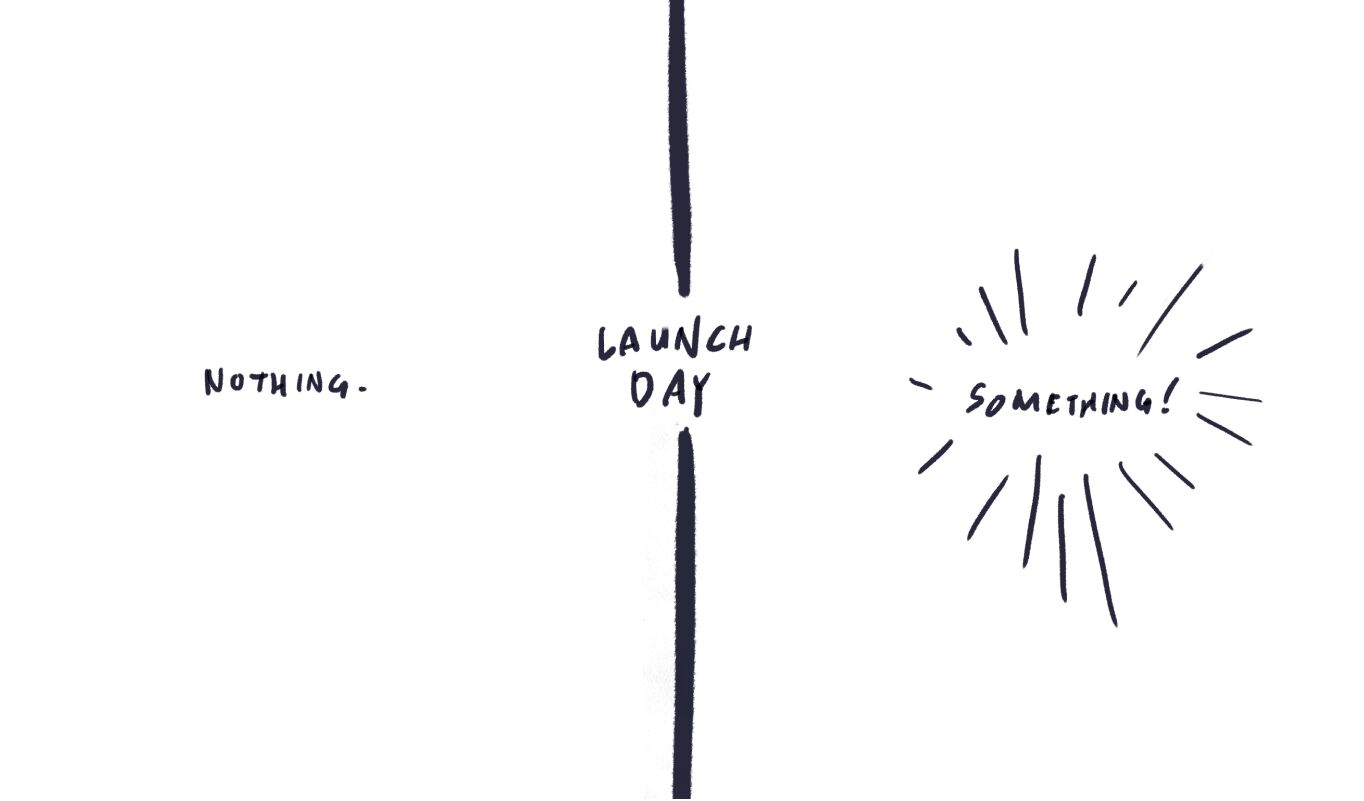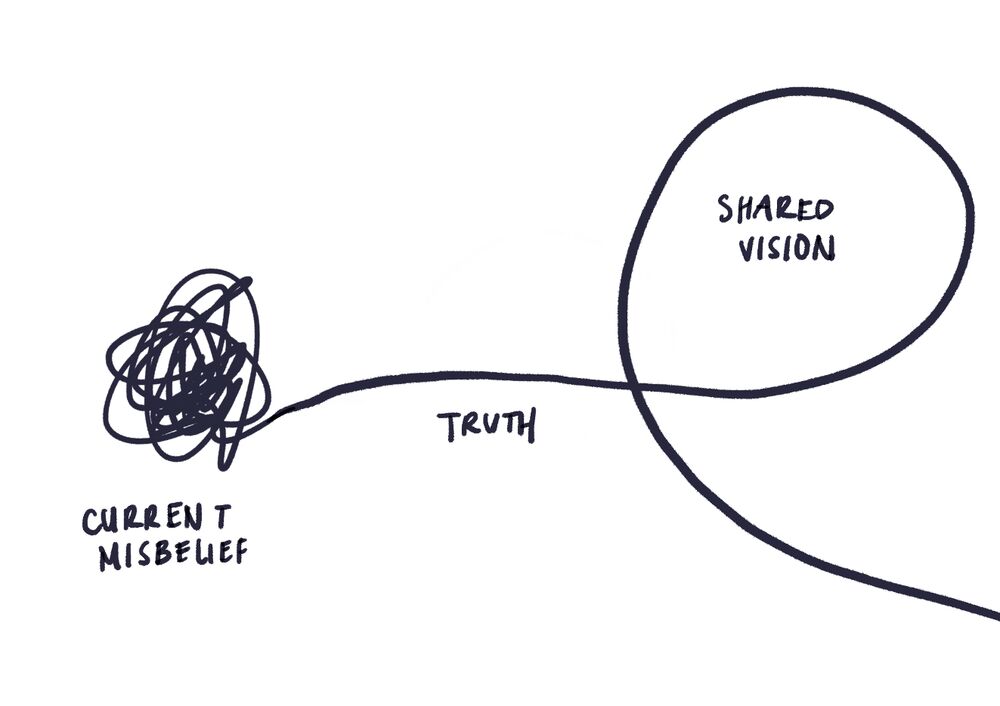Five Lessons From Successful Category Launches
Five Lessons From Successful Category Launches


Recently, I introduced our Category Launch Framework. It outlines the process for moving the category through four Areas of Focus—Inside the Company, Product, Sales and Marketing—and a system of Category OKRs to ensure that the day-to-day work your team does is rigorously aligned with your new strategy. Now, we are getting specific, zooming in to the most important moment in the life of your category: Launch Day.
Introducing a zero-to-one product is an extremely rare event in a professional life. You might get three or four of these in a career. Some will never experience it. When launch day comes, you’ll want to stand on the shoulders of giants, learning from what came before, avoiding past failures and building on past successes. But how do you do that when past experience is so hard to come by?
That question led us to go back through the dozens of category launches we’ve been involved with, reviewing the best practices of our category-creating clients. We put all the strategies and tactics out on the table and looked for patterns. We discussed and debated. And we landed on five themes that stood out as essential advice.

1. If it’s not news, it doesn’t work.
Launch day holds your feet to the fire like nothing else. In the early days, your company dreamed of introducing a product so transformational, customers would see its arrival as a kind of sea change. So now, when you stand up to publicly introduce your new category, you must be announcing something new to the world. Zero-to-one. You are telling your customers, analysts and the market something exists today that did not exist yesterday.
That’s a very high bar. As launch day approaches, you’ll notice a tug, in yourself and those around you, to hedge a bit. It’s hard to live up to world-changing dreams. When considering launch day activities, to avoid backsliding and stay true to the original vision, ask a simple question: Is it news?
If it’s not news, don’t do it.
When mapping out launch day with clients, we often start by writing the headlines we’d want to see in The New York Times or TechCrunch. You’d be amazed at how much this simple practice keeps the whole team honest. Some of the things you perhaps wanted to say or do on launch day will fall by the wayside, because it’s not the kind of thing a news publication would write about.
Another watch-out here: In the weeks leading up to launch day, you might be tempted to get your category story out to the world, maybe dole out the idea in small bits, get a little messaging on your site, to see how it plays with customers. Don’t do it.
Real news, groundbreaking news comes all at once.
It’s not a coincidence that newsworthy launches work best. Human brains are wired to zero in on new information. And we tend to give that new and dramatic information all of our attention.
So when you organize every launch activity to ensure newsworthiness, you’re simply giving your customers what they need to pay attention and hopefully join you in the promised land of your new and better way of doing things.
2. Employ these three essential story points.
Getting customers’ attention and keeping it are two different things. News gets them in the door. A great narrative gets them to stick around.
Our most successful clients build their communications around three key story points:
An Unignorable Hook. Your customers are busy. They’ll go to great lengths to ignore marketing messages. However, a new category in their field represents a potential paradigm shift in their industry. That’s something to pay attention to. Customers often feel compelled to form an opinion of any new category, whether for or against. They’ll give you their time and attention to make this assessment.
An Existential Gap. Most companies talk about tactical problems as a way to sell their solutions. The great category launches, on the other hand, have the Gap. The Gap is an existential threat to your customer’s aspirations. Articulated properly, the story of the Gap is so effective, they may think you’ve been reading their email. Once they believe 1) that you understand their problems with an accuracy and depth your competitors don’t, and 2) that you specifically designed a new category of product to close the Gap, they’ll feel compelled to find out if the product delivers on this promise.
A First-of-its-kind Product. Great category launches deliver great product details, communicating the superpowers, features, and benefits that no other company can deliver. Your customer may decide that other features are more important to them. That’s okay. The goal isn’t to convince everyone. The goal is to convert 100% of the customers who need the category and differentiated features you’re selling.
As you share the good news of your new category on launch day, be mindful of these story points, considering which is most relevant in any given context.
3. If your product team thinks of launch day as a marketing event, you’ve already lost.
If you’ve ever been part of a brand strategy exercise, led by marketing, you know it can be impossible to get the product team to buy in and act upon it.
In contrast, category design works precisely because it gives your product, sales and marketing leaders a chance to co-create the company’s strategy. That co-creation and buy-in is a waste if, when the strategy’s over, your product team goes back to business as usual.
The product must embody and manifest the category idea. Coming out of category strategy and up to launch, the product team will update their roadmap and work to do their part to deliver a successful launch.
On launch day, the product must make news. If you are launching the product for the first time, you’re covered. If you have an existing product you’re reframing within a new category, you must not launch until you have substantial product news to share. It could be a key new feature, a suite of smaller features, or new user-experience.
Here’s an example. Our clients Bizzabo moved from their existing category—Event Management Software—to a new one of their making: Event Experience. To help manifest the category, Bizzabo acquired a technology that brought real crowd noise and human reactions into virtual events—and integrated it into their product. This showed the market they were serious, and set them on the path to lead their new category.
4. Doing hard things proves your commitment.
You are trying to move your customers to an entirely new way of doing things. If you want them to follow you, they must believe you are 100% committed to this new way. If you’re not committed, why would they follow you?
When you do hard things publicly, you signal your commitment to customers. That may mean hijacking an industry conference, bringing in perfectly curated influencers, creating headline-grabbing marketing stunts or simply releasing an epic launch film.
It’s not just bombast: Doing hard things is a kind of costly signaling. It shows the world you’ve got skin in the game. Even if they don’t consciously register the spend and effort, they’ll pick up on it.
For example: our client Feedzai started out in the category of Fraud Detection & Prevention but their ambitions were bigger than the existing category. So they conceived a new category called RiskOps and launched it at a well known fintech conference called Money 20/20. To show his commitment to the category idea, Feedzai CEO Nuno Sebastiano held a roundtable conversation with three risk-taking celebs—big wave surfer Gary McNamara, Free-Solo climber Alex Honnold, and racecar driver, Danika Patrick for the launch.
Who does something like that? Someone who truly believes.
Another example is REI. Who famously close on Black Friday, giving up a huge revenue opportunity to urge its customers to head outdoors. When we see what they are willing to give up for their values, we are drawn to them—and so your customers will be drawn to you.
5. Throw some elbows.
Now’s not the time to be nice. New categories de-platform existing ones.
The best category stories are counter-narrative, telling the market that the received wisdom is wrong, while old guard beloves one thing, we know with absolute certainty that they’re wrong.
It’s Salesforce’s famous “No Software” battle cry.
Or Nike’s stance: If you have a body, you’re an athlete.
Apple: Computers are not a business tool. They’re a creative, world changing tool. Think different.
This contrarian ethos drives every decision Apple makes to this day. A perfect example is their stance on privacy, against data mining. It completely goes against the grain of the industry—exactly where they want to be.
So. Get out there and ruffle some feathers. Make some enemies. And fight for your true customers. That’s what category leaders do.
If you follow our five lessons, you will be miles ahead of most category launches. You may also find something else happens. Something remarkable: Your whole company working together in a way they haven't before.
Category Launch is a perfect vehicle to unlock a new level of energy, teamwork and community inside your company.
It unites your people around a powerful origin story. It plants an unbelievable truth at the heart of your business. It gives you an enemy – an intractable problem never solved before. It pits you against the competition and the naysayers. It allies you with your customers.
It gets the whole company pulling together to execute something grand and meaningful, against a deadline, breaking down the barriers of departments and titles.
For one glorious moment, all as one.
And that’s about as close to real joy as you can get in the workplace.
Good luck with your launch day.
Next.
